Hobbyists and textile lovers alike have been enthralled by the comeback of circular sock knitting machines (CSMS). Among these, the Gearhart sock knitting machine distinguishes itself for its historical relevance and technical creativity. Many people may now duplicate and customise components, including cylinders and ribbers, thanks to 3D printing developments. This book explores the 3D printing of various parts and provides information on obtaining, printing, and building your own Gearhart-inspired CSM.

Comprehending the Gearhart Sock Knitting Machine
Rising in the late 19th century, the Gearhart sock knitting machine transformed home-based textile manufacture. Efficient sock knitting was made possible by its circular shape, consisting of a cylinder with needle holes and a ribber attachment option. 3D printing is now a reasonably priced way to preserve the legacy of antique devices while adding contemporary customisation and even improving them.
Finding 3D Printable Files for Ribbers and Cylinders
Several websites provide STL files for Gearhart-style CSM parts:
- Thingiverse: Provides adjustable cylinder and rubber designs, allowing users to choose the number of slots to fit various sock sizes.
- Printables: It also offers a 64-slot Gearhart CSM cylinder variant, providing options for different knitting needs.
- 3dpea: Offers a variety of Gearhart sock knitting machine cylinders and ribber files to suit various customisation requirements. Aggregates a large selection of Gearhart-related 3D models, including cylinders and ribbers with different slot counts.
When choosing files, keep in mind the specific needs of your project, such as the preferred sock size and machine compatibility.
Advice on 3D printing ribbers and cylinders
Choosing the Material
- Easy to print, PLA is appropriate for prototypes or light use.
- Ideal for stressed components, PETG offers more durability and flexibility.
- Though it needs a regulated printing environment, ABS offers great strength and heat resistance.
Print Options
- Layer Height: 0.1–0.2 mm for fine details.
- Infill: Structural stability is guaranteed with 50-100% infill. Essential for overhangs, particularly in ribber parts.
Post-Processing
- Sanding: Improves needle mobility by smoothing surfaces. Lowers friction between moving components.
- Lubrication: Maintain machine operation by guaranteeing exact component alignment.
Calibration and Assembly
Building a 3d-printed Gearhart CSM demands meticulousness:
- Make sure the cylinder and ribber are properly placed to provide seamless knitting.
- Carefully place needles into the slots and check their movement and alignment.
- Run trials using yarn to find and fix any functional problems.
READ MORE – Fursuit Sunglasses 3D Print Model: Style Meets Function for Furry Fashion
FAQs:
- May I change the cylinder’s slot count?
Certainly, many STL files are meant to be adjustable, so you can choose the number of slots to fit your knitting needs. - What does the ribber attachment serve?
By allowing the knitting of ribbed patterns, the ribber gives the socks flexibility, which is absolutely necessary for a tight fit. - Are 3d-printed parts strong enough for daily use?
3d-printed components can be durable when printed using suitable materials and conditions. They might not last, though, like metal parts. - Where can I locate replacement needles for my CSM?
Specialised suppliers such as Erlbacher Knitting Machines provide new needles and other accessories suitable for Gearhart machines. - May I sell socks produced using a 3d-printed CSM?
Certainly, provided you follow any licensing agreements connected to the STL files used and ensure the quality of your goods meets market criteria.
Conclusion:
Recreating the Gearhart sock knitting machine cylinder and ribber using 3D printing is more than a DIY project; it’s a resurrection of history, precision engineering, and imaginative artistry. What was called expensive machining may now be done cheaply from your own workplace thanks to open-source models, readily available slicer software, and developments in home 3D printers. The capacity to 3D print high-precision components like cylinders and ribbers gives you complete control whether you are restoring an old Gearhart machine, constructing a completely functional copy, or playing around with bespoke knitting arrangements. It allows enthusiasts, manufacturers, and knitters to modify vintage tools to fit modern needs while keeping the spirit of traditional crafting.




